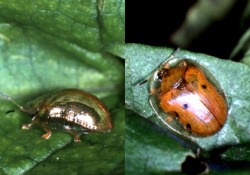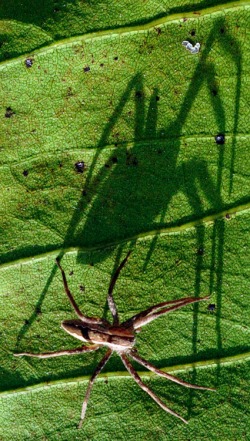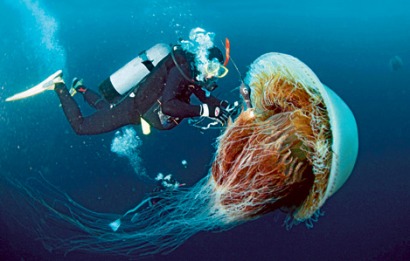Ladybugs

Does a Cat really have Nine Lives?

> > According to Brewer's Dictionary Of Phrase & Fable, a cat is said to have nine lives because it is "more tenacious of life than many animals". Nine, a trinity of trinities, is a mystical number often invoked in religion and folklore. The cat was once revered in Egypt, and this is probably where its nine lives began. As cats seem able to escape injury time and time again, this mystical number seemed suited to the cat. Cats are intrepid explorers and fearless acrobats. After all, a creature with nine lives can afford to take risks.
> > People always think that due to the speed, cleverness and flexibility of cats, they can stay alive in most difficult situations when other animals would have been killed. Cats always seem to land on their feet after a fall. As the cat falls, an automatic twisting reaction begins and the cat manoeuvres its head, back, legs and tail to lessen the impact. Cats, it seems, have an instinct for physics. Don't try this at home, though. Cats aren't all that tough; they don't always land the right way up, which is why your average pussy cat jumping from the garden fence will occasionally come home limping, bruised or fractured because of a badly timed fall. Still, studies on cats falling from skyscrapers suggest that up to 90% survive, albeit with broken bones and sore paws. The distance is crucial. Too much and the cat will splat, just as we non-feline mortals would. Too little and the cat doesn't have time to correct itself. (source: Singapore Science Centre website)
How Many Types of Spiders are there in the world?

> > Scientists classify spiders as arachnids. Spiders are abundant worldwide except in Antarctica and usually occur at elevations from sea level to 5,000 m. Some 34,000 species of spiders have been described, but scientists believe there may be as many as 50,000 to 100,000 kinds. Most are terrestrial animals. They range in body length from less than 1 mm to more than 90 mm. Some kinds are smaller than the head of a pin. Others are as large as a person's hand. One spider, a South American tarantula, measured 25 centimeters long with its legs extended. Spiders are predatory and prey mostly on insects. (Source: Singapore Science Centre website)
Giant Jellyfish Invasion

A diver attaches a sensor to a Nomura’s jellyfish. It will transmit the animal’s location and other information.Photograph by Yomiuri Shimbun/AFP/Getty Images
Are aliens attacking the Sea of Japan? Not exactly. But these gigantic blobs are unwelcome visitors from another place. Called Nomura's jellyfish, the wiggly, pinkish giants can weigh up to 450 pounds (204 kilograms)—as heavy as a male lion—and they're swarming by the millions.
The supersize sea creatures—normally found off the coasts of China and North and South Korea—occasionally drift east into the Sea of Japan to feed on tiny organisms called plankton. But now one hundred times the usual number of jellyfish are invading Japanese waters. And local fishermen are feeling as if they are under siege.
The fishermen's nets are getting weighted down, or even broken, by hundreds of Nomura's. The jellies crush, slime, and poison valuable fish in the nets, such as the tuna and salmon that the fishermen rely on to make a living.
No one knows for sure what's causing this jellyfish traffic jam. It's possible that oceans heated by global warming are creating the perfect jellyfish breeding ground. Another theory is that overfishing has decreased the numbers of some fish, which may allow the jellies to chow down without competition for food. For now, all the fishermen can do is design special nets to try to keep the jellies out. Some of them hope to turn the catastrophe into cash by selling jellyfish snacks. Peanut butter and jellyfish, anyone?
Fast Facts
Baby Nomura's jellyfish change from the size of a grain of rice to the size of a washing machine in six months or less.Jellyfish are 95% water.Jellyfish aren't actually fish, they're invertebrates—animals without backbones.

The arrows show the route of the Nomura’s jellyfish.Map by Martin Walz
Text by Ruth A. Musgrave
National Geographic Kids magazine
http://kids.nationalgeographic.com/Stories/AnimalsNature/Giant-jellyfish-invasion
